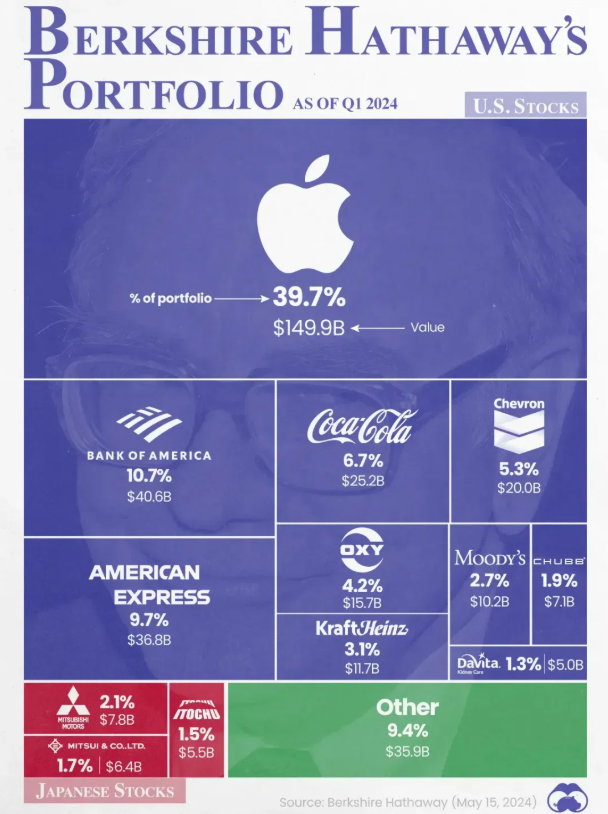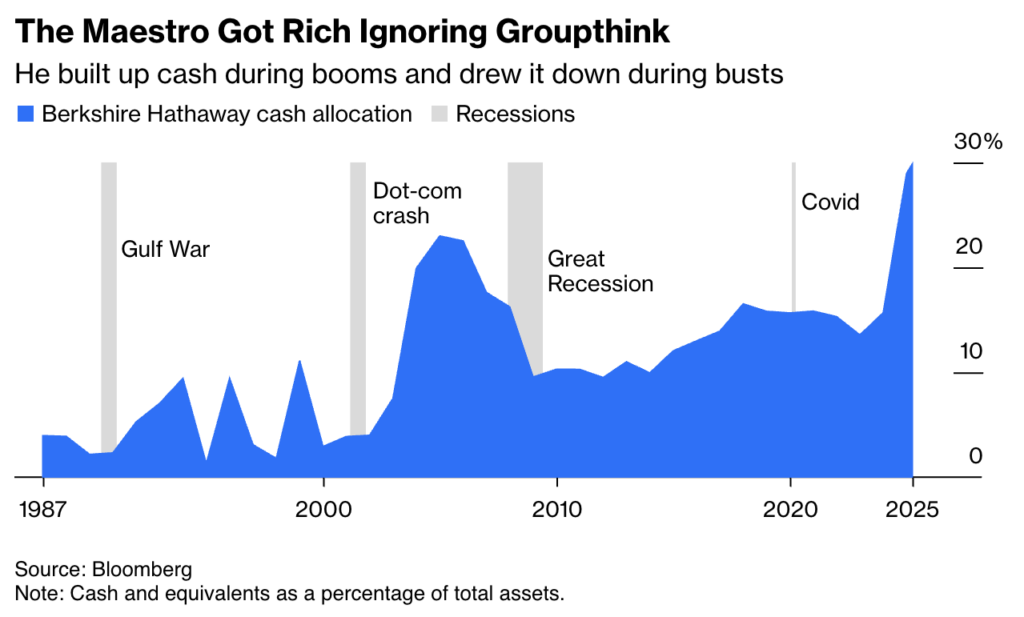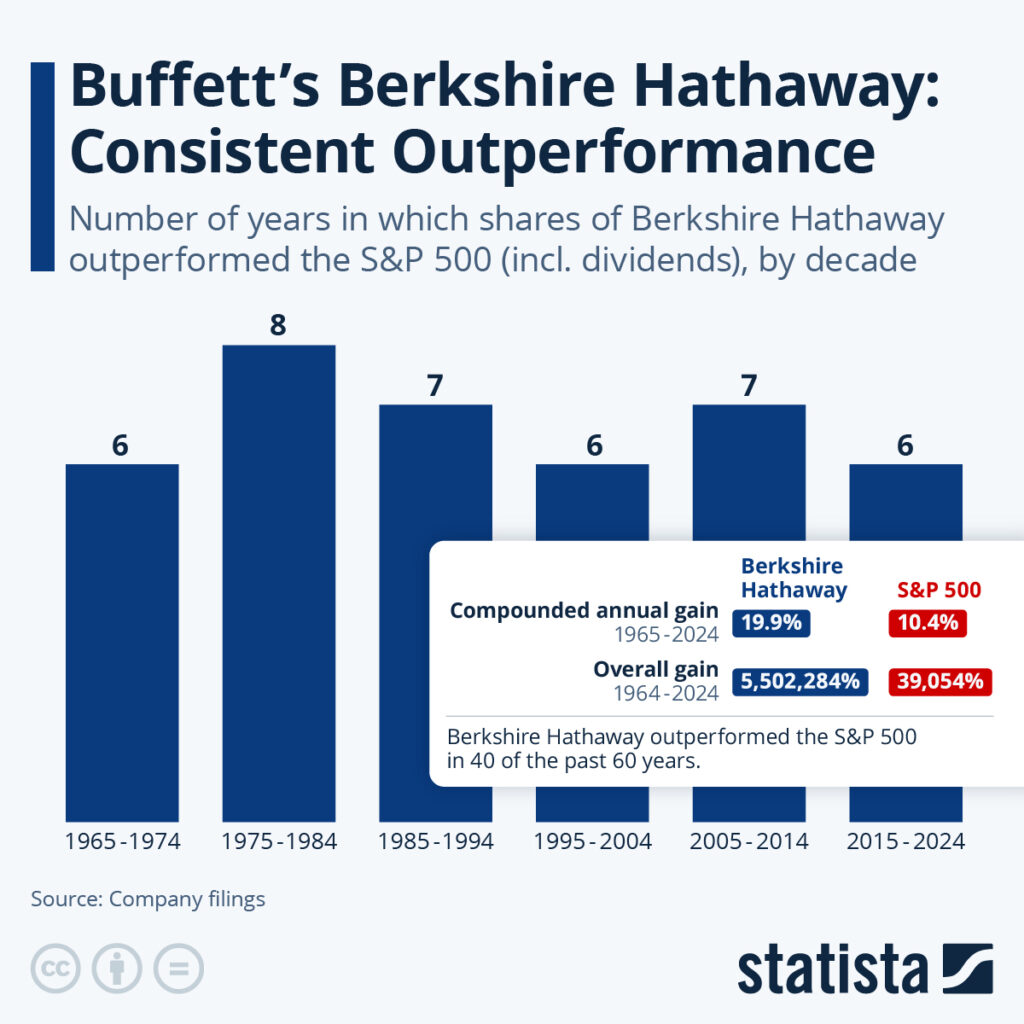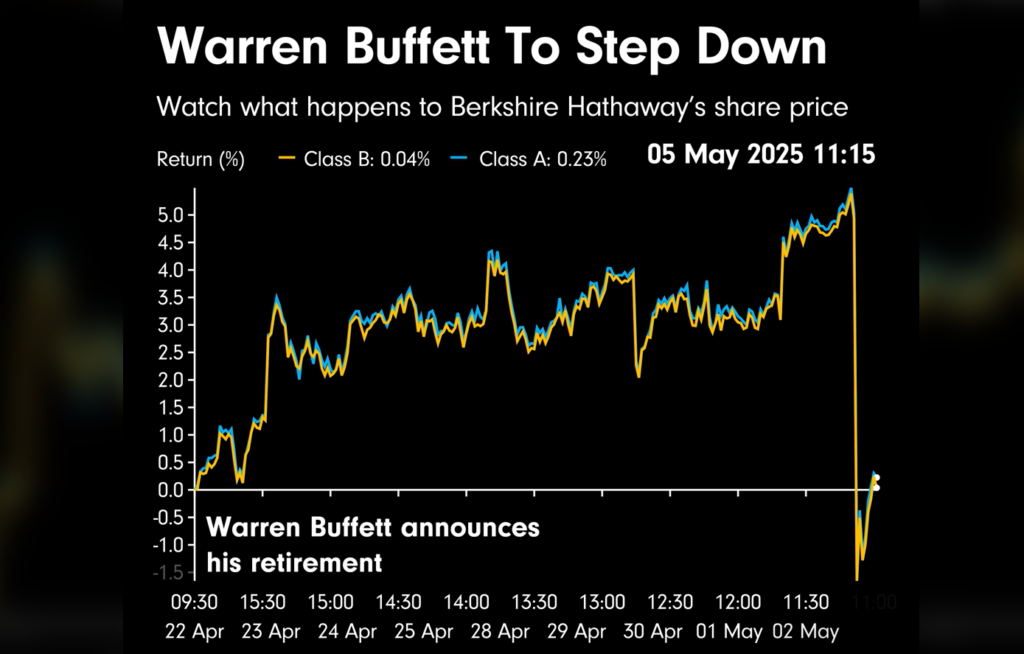The GBP/JPY pair increased to near 193.00 after the BoE cut interest rates by 25 basis points to 4.25%. Two members of the BoE MPC were in favour of keeping rates at 4.5%, while others supported a larger rate cut.
Despite the rate cut, the British Pound strengthened following a few officials voting to maintain higher borrowing rates. The BoE also revised its GDP forecast for the year to 1% from the previous projection of 0.75%.
japanese yen outlook
In Japan, the JPY weakened, with the BoJ not expected to raise interest rates, affected by trade tensions. The BoJ had kept interest rates at 0.5% and highlighted risks from US international policies.
The BoE’s interest rate decision is crucial, with outcomes affecting the GBP. The actual interest rate stands at 4.25%, aligning with consensus but lower than the previous 4.5%. Choosing a broker matching trading needs is critical for performance, given the volatility and risks in the market.
The Bank of England has moved to reduce the base interest rate by 0.25 percentage points, bringing it down to 4.25%. Interestingly, not all members of the Monetary Policy Committee agreed on the size or timing of this change. Two of them pushed to leave rates unchanged at 4.5%, which suggests some concern about inflation lingering in the system or unease about loosening conditions too quickly. On the other hand, it’s clear there were others who were not just comfortable trimming rates, but perhaps even considered a sharper cut to aid growth. That split in opinion gives us something tangible to work with when reading the minutes and setting up mid-term strategies.
currency market implications
What caught the eye was sterling’s reaction after the announcement. Despite a rate cut—usually seen as unfriendly to a currency—the British Pound edged higher. Why? Because parts of the Bank’s leadership hinted through their dissenting votes that this is not the start of a rapid easing cycle. That, combined with the upgraded GDP forecast to 1% from 0.75%, indicates that the United Kingdom’s economic backdrop is not as shaky as originally feared. When we see an improved growth outlook alongside restrained cuts, the message is that the Bank is treading carefully—not throwing open the doors to cheap money.
From where we sit, the upward impulse in GBP/JPY, flirting just beneath 193.00, lines up well with these developments. When a rate cut doesn’t drag down the underlying currency, it usually means markets had already priced in the move or expected worse. In this case, perhaps both.
Turning to Japan, the yen offered little resistance in recent sessions. With the Bank of Japan holding steady at 0.5% and no near-term rate increases on the horizon, there’s limited yield incentive to hold yen. Add to this Tokyo’s concern over shifting global trade dynamics—largely stemming from Washington—and we end up with a currency that remains susceptible to external stress. The BoJ knows it, traders see it, and yen positions are reflecting that soft undercurrent.
For those trading contracts sensitive to yield differentials and policy divergence, a wide GBP/JPY spread looks increasingly rational. Sterling offers a relative yield advantage, and current central bank messaging supports that disparity being maintained for longer. We’d suggest keeping a close eye on the next BoE meetings, especially if more Committee members begin expressing caution over further easing. The pricing of future rate movement can shift fast, so options traders may find value in short-tenor straddles or even directional bias, particularly around MPC minutes releases.
In periods like this—where policy action and currency strength aren’t lining up neatly—it pays to focus less on the headline cuts and more on what isn’t changing. Inflation control remains on the radar, tightening may not be totally off the table in some quarters, and forward guidance appears deliberately unspecific to preserve flexibility. All that layered on top of a fragile global trade setting makes for a series of conditions that require clear positioning. We’ve rotated some of our short-dated hedges and reallocated exposure into options with expanded implied volatility ranges, given the scope for sharp reactions.
As the pair tests fresh highs, liquidity planning becomes just as relevant as market direction. If economic data continues to firm, particularly in services and wage growth, the Bank may eventually shift its tone yet again. We are mapping forward pricing models to the BoE’s next quarterly report and adjusting risk accordingly at each leg up or down in the GBP/JPY. With the Bank of Japan largely signalling the status quo, the magnitude of change rests now more with Bailey and his colleagues than with Ueda.



















